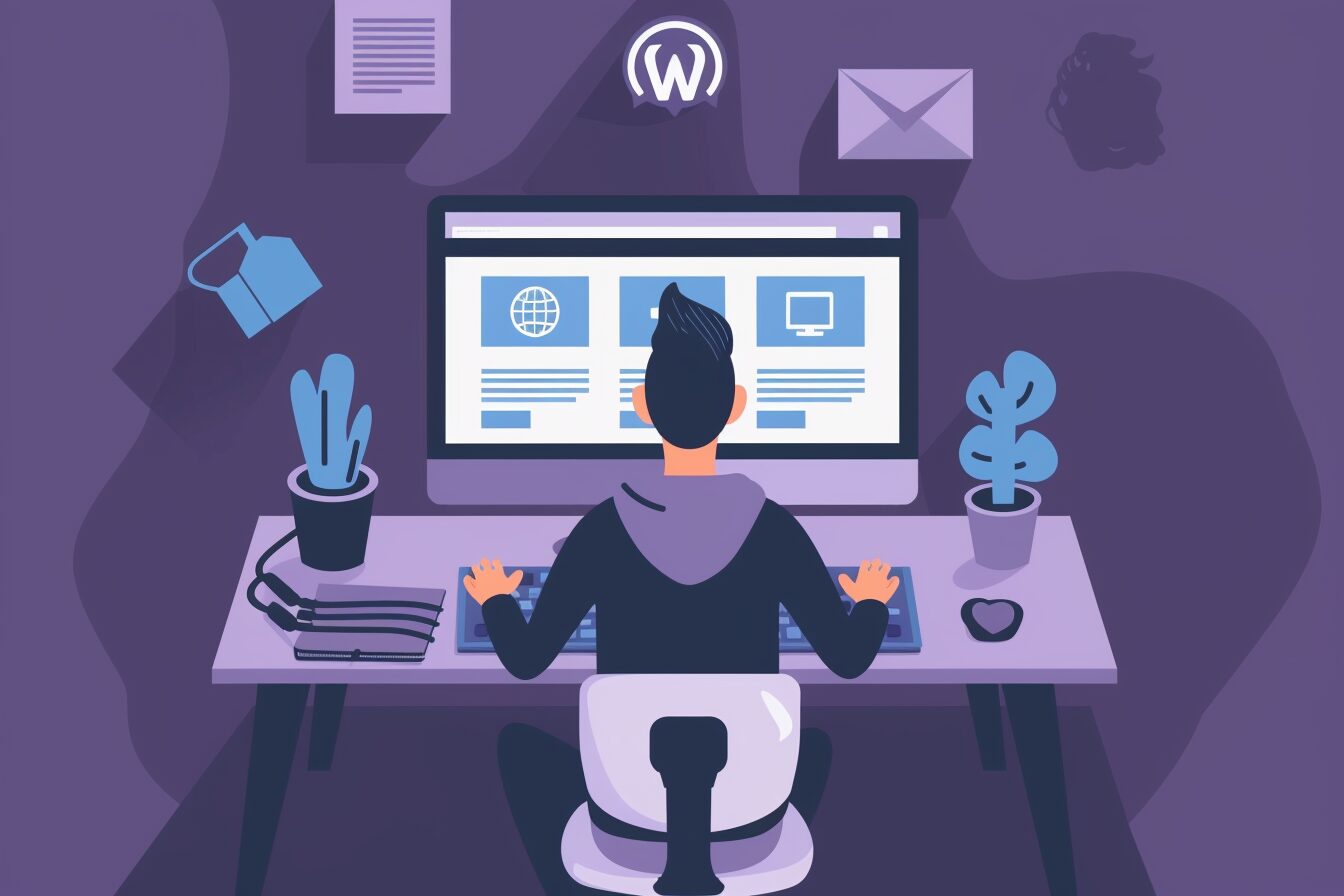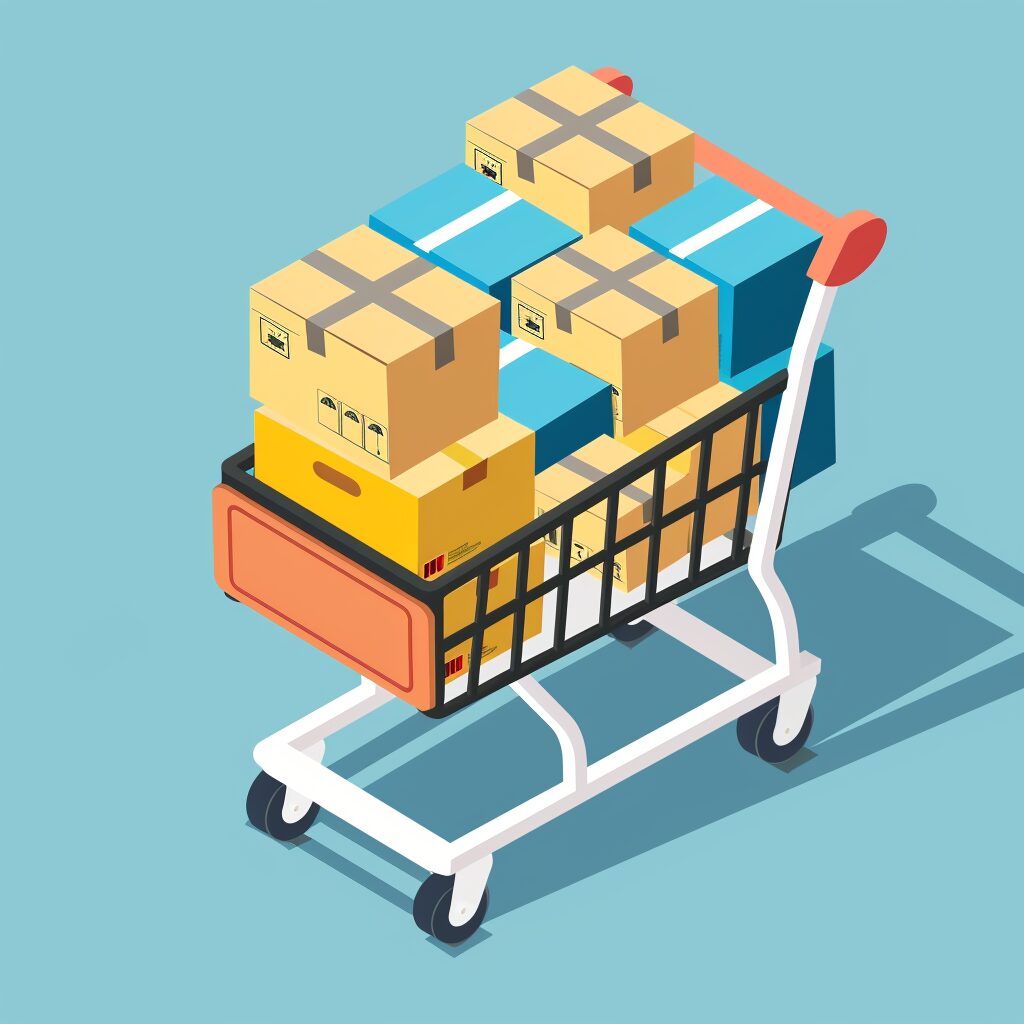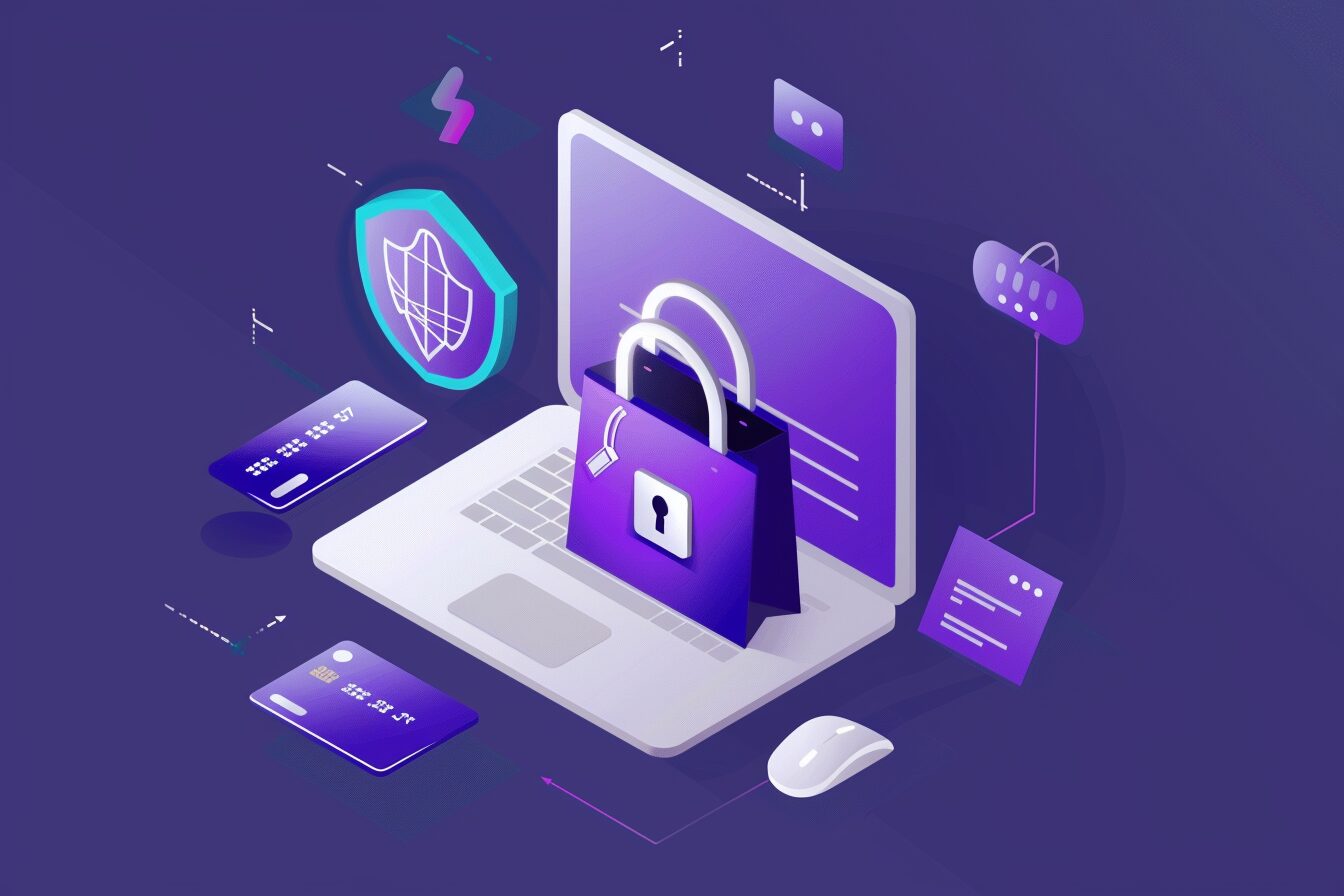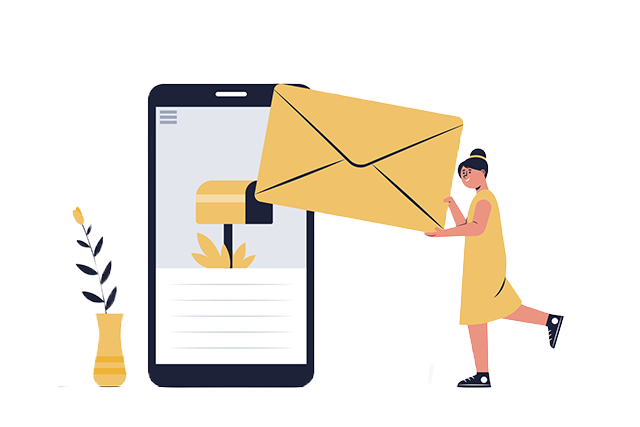Understanding the Importance of a Fast WooCommerce Store
In the realm of eCommerce, the speed of a site is often overlooked, yet it plays a critical role in driving conversions and improving user experience. A fast WooCommerce store is no exception in this regard. It is crucial for attracting and retaining customers, reducing cart abandonment rates, and improving search engine optimization (SEO). Ultimately, it forms the foundation for the success of your online store.
The most immediate impact of a rapid WooCommerce store is seen in its effect on the customer’s shopping experience. Slow load times can lead to irritation and frustration, leading potential customers to abandon the site altogether. Fast-loading pages, on the other hand, contribute to a smooth and satisfying online shopping experience. This enhances user satisfaction and trust and increases the likelihood of customers completing their purchases, thereby driving conversion rates. Crucially, search engines like Google factor site speed into their ranking algorithms, implying that a faster WooCommerce store can enhance your site’s SEO, visibility, and reach.
Optimizing Your Hosting Environment for WooCommerce
Choosing the appropriate hosting environment for WooCommerce is an essential component for enhancing its performance. A scalable, robust, and flexible hosting plan is a catalyst for WooCommerce stores and an ingredient for business success. The right hosting provider can bolster the overall functioning of your site, ensuring an optimal experience for customers regardless of increasing web traffic volumes or changing business needs. It should be able to manage high loads, ensuring website speed while protecting sensitive user data.
Increased server response time directly impacts the WooCommerce store performance, contributing to higher conversion rates and improved user retention. A slow website can frustrate customers and push them towards competitors, ultimately hurting your bottom line. Therefore, it’s crucial to have an efficient hosting provider. Consider options that offer solid-state drives (SSDs), better processing power, and a higher RAM for better performance. Besides, ensure they have competent customer support, providing prompt assistance when needed. Tailoring the hosting services to align with the specific requirements of the WooCommerce store can greatly aid in maximizing speed and productivity.
Choosing the Right Theme for Optimum WooCommerce Functionality
The selection and utilization of an appropriate theme significantly influences the overall performance of a WooCommerce store. Given that the theme directly impacts the aesthetic appeal of the website, it also greatly affects user experiences. However, it is critical to note that the specific theme chosen must not compromise the speed and efficiency of your WooCommerce site. This requires a careful balance between impressive visual engagement and peak operational functionality.
Efficient themes for WooCommerce are streamlined and simple, focusing mainly on performance rather than unnecessary flashy components. A heavy theme with many features might appear attractive, but it can lead to longer load times and, thus, frustrated users. Thus, it is essential to opt for a lightweight, responsive, and well-coded theme. Additionally, the chosen theme should be compatible with the latest versions of WordPress and WooCommerce, as this enhances the site’s optimal performance and security. Utilizing a highly-rated, well-supported theme backed by positive reviews can also provide some assurance of the theme’s quality and functionality.
The Role of Plugins in WooCommerce Speed
Plugins play a significant role in determining the speed of a WooCommerce store. They are essentially pieces of software that provide additional functionality to your website. Some plugins offer valuable enhancements, such as SEO assistance or analytics capabilities, while others may add aesthetic appeal, like image sliders or customizable themes. However, it’s important to remember that while plugins can give your store additional capabilities and a unique look, they can also detract from its speed if not chosen and managed correctly.
Each plugin that is added to a WooCommerce store requires resources to operate, and these resources can slow down your store if they are not efficiently managed. This is particularly true in the case of poorly coded or outdated plugins, which can drastically reduce your site’s speed. Furthermore, some plugins may conflict with one another, leading to glitches and slowdowns. Therefore, having a strategic approach to plugin selection and management is crucial in maintaining the efficiency and speed of your WooCommerce store. Therefore, you’re advised to use only necessary plugins that are well-developed, regularly updated, and compatible with your current theme and other plugins.
Leveraging Caching Mechanisms for WooCommerce
Caching plays a pivotal role in bolstering WooCommerce store performance. It’s a technique that captures and keeps a copy of static elements, like HTML web pages, images, style sheets, and JavaScript files, in a temporary storage, often known as a cache. This negates the server’s need to generate those static elements whenever a user requests them. Thus, cache minimizes a server’s workload and, consequently, reduces the page load time significantly.
However, implementing efficient caching mechanisms in WooCommerce demands careful planning and strategic execution. Various caching solutions are available, but the choice of one over the other hinges heavily on the specific requirements of the WooCommerce store. For instance, browser caching stores static files onto the visitor’s device, consequently reducing future load times for returning visitors. On the other hand, server-side caching may involve page caching, database query caching, or object-based caching, each targeting a different aspect of your store’s performance. Irrespective of the type, successful caching can result in faster page load times, increased visitor satisfaction, and, ultimately, greater conversion rates.
Image Optimization Techniques for WooCommerce
Optimizing images is a crucial aspect of enhancing the performance of your WooCommerce store. High-resolution images, although visually appealing, can significantly reduce the website’s loading speed, leading to inferior user experience and potentially damaging search engine rankings. Images, particularly if they are numerous, contribute significantly to the page size, and therefore, proper management and optimization can result in noticeable performance improvements.
The task begins by selecting the right file format. JPEG, for instance, often balances quality and file size well for photos, while PNG is more suited for images with text, shapes, or transparency. Furthermore, compressing images before upload can drastically reduce their weight without compromising quality. Several applications – both offline and cloud-based – can assist in this process. Resizing images is equally significant. Uploading images that match the display dimensions saves data and enhances loading time. Finally, serving scaled images – smaller images for mobile devices – can deliver an improved mobile user experience.
Database Management Strategies for WooCommerce
One of the pivotal areas to focus on when striving to increase the speed of a WooCommerce store is the database management strategy. An unabated growth in the size of the WordPress database – due to unchecked cooking up of product attributes, categories, tags and relationships – can significantly lead to slowing down of the site. Indeed, it is essential to maintain a balance between the data being stored and the capacity of the store to handle the information efficiently. Regular cleaning, optimizing, and monitoring of the database can help keep it streamlined and ensure a quicker response time.
Moreover, a muscular strategy should include scheduling routine database optimization. WooCommerce Store owners could utilise various plugins designed to aid in database management. Such plugins allow straightforward handling tasks such as eliminating unused data, maintaining the database tables, and minimizing the database size. Further, the automation of these tasks will ensure that the store’s loading speed remains constant, leading to a better user experience and potentially higher conversion rates.
Effective Content Delivery Network (CDN) Practices for WooCommerce
Content Delivery Networks (CDNs) have emerged as indispensable tools for enhancing WooCommerce site performance globally. Basically, a CDN replicates your store’s data on several servers worldwide, ensuring that your website’s content reaches your users quicker, irrespective of their geographical location. This occurs because the request of a visitor is resolved by the server nearest them, which dramatically enhances load times.
However, the effective use of a CDN goes beyond just plugging in a service. It includes making intelligent data-caching choices and correctly routing visitor requests. For instance, you want to cache static resources like images, CSS, and JavaScript files, while bypassing sensitive or dynamic data to avoid unwanted errors. Adequate GZIP compression can also augment CDN performance by reducing the size of the transferable data, thereby boosting the speed even more. An optimised CDN setup can act as a considerable speed buffer, providing a seamless shopping experience to your customers.
Implementing Lazy Loading for Better WooCommerce Performance
As the digital economic environment continues to evolve, enhancing the user experience is crucial for e-commerce platforms to thrive. One such enhancement strategy involves the implementation of lazy loading, a game-changing technique specifically designed to optimise online store performance, particularly for WooCommerce. Lazy loading is a design pattern that delays the loading of non-critical resources at page load time, significantly reducing initial page load time and improving overall site performance.
However, the implementation process must be executed correctly to avoid any negative impact on the user interface. It involves using coding scripts, usually JavaScript, that prevent certain webpage elements, like images and videos, from loading until they are needed. This prevents the unnecessary upfront loading of all page elements, which can greatly reduce load times for pages with heavy content. Essentially, lazy loading can significantly streamline the user experience by allowing content to load smoothly and quickly without any unnecessary delays. All in all, when correctly implemented, lazy loading is a powerful tool for improving WooCommerce performance.
Monitoring and Regular Maintenance of Your WooCommerce Store
Regular monitoring and maintenance of a WooCommerce store is integral to ensure consistent and efficient performance. The dynamic nature of eCommerce platforms often involves product updates, theme changes, and fluctuations in web traffic, which can significantly affect site metrics. Therefore, staying vigilant about a store’s performance levels is crucial by regularly carrying out exhaustive website audits. These incorporate tests to evaluate the store’s loading speed, uptime, and response time to keep tabs on the overall user experience that the store provides.
Maintenance of a WooCommerce store is no less important than its monitoring. Keeping all store elements up-to-date, including WooCommerce, WordPress, plugins, and themes, ensures smooth interoperability and ameliorates security concerns. Moreover, regular database cleanups free up server resources, greatly improving the overall speed and performance of the WooCommerce store. A prudent approach towards maintenance also includes keeping regular backups of the store’s content and regularly checking for broken links or 404 errors, which can detrimentally impact search engine rankings.











